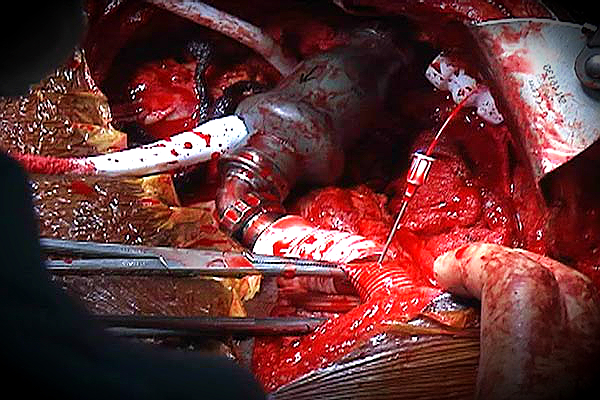Dr. Amal Mattu is a master of many things, one of them being the EKG. We were fortunate enough to have him teach about something that are seen all the time, regardless of where you work (ED, ICU, outpatient office). The lecture was jam packed with pearls as usual. In stead of posting last week’s lecture, we’ve decided to put in a huge plug for Amal’s EKG website – ekg.umem.org where he posts clinical EKG lessons & pearls for FREE every Monday.
If you live under a ROCK and haven’t visited his site before, do yourself a favor and subscribe to these weekly talks, most of which are all under 10 minutes. Regular reading from this site will save a life – guaranteed.
- In order to interpret tachydysrhythmias, you need to ask only THREE questions:
- Is the QRS narrow or wide
- Is the QRS regular or irregular
- Are there P waves (what’s the atrium doing)?
- Notice that each of these possibilities only end in 3 possible diagnoses!
Narrow & Regular
- Rule of thumb: Max HR = 220 – age; if it’s faster than that, it’s likely a dysrhythmia
- V1 is the best lead to look for P-waves: it sits right over the SA node! Also more likely to be seen in V2 and lead II
- AFlutter: Beware of any HR that is 150 +/- 20, if it’s not responding to fluids or other therapy it very well be flutter
- PEARL: The p-waves in flutter are often upside down which can make seeing flutter waves difficult. Turn the EKG upside down to help better visualize the “sawtooth” pattern
Narrow & Irregular
- Focus on finding p-waves
- Atrial fibrillation has no p-waves
- Atrial flutter with variable conduction usually occur in patterns of 2 (flutter waves) : 1 (ventricular beats), 3:1, or 4:1
- MAT has multiple p-wave morphologies (> 3) and is associated with significant pulmonary disease such as COPD, pulmonary hypertension, and can be seen with theophyline use
- Think of MAT like sinus tach – treat the underlying cause
Wide & Regular
- Differential diagnosis in wide complex tachycardia (WCT) that is regular should be:
- VTach
- VTach
- VTach
- SVT with aberrant conduction (better be certain)
- Atrial flutter with 2:1 conduction and aberrant conduction
- Sinus Tachycardia with aberrant conduction
- Polymorphic VT is a variant of VTach in that QRS morphologies vary. Torsades du Pointes is a form of polymorphic VT that is caused by a long QTc (>500 ms).
- Treatment of Torsades is magnesium or shock. AV nodal blockers like amiodarone can prolong the QT even further leading to refractory VT! don’t do it!
- PEARL: Always assume a WCT is VT first. Why? Because the treatment for VTach will work for all the other diagnoses in your DDx, however, the treatment for SVT with aberrancy will KILL the patient with VTach.
Forget all of the algorithms that try to distinguish VTach from the others. Use Amal’s algorithm and avoid killing up to 6% of your patients!
1. Is the WCT clearly sinus tachycardia with aberrancy
– If yes, treat the underlying causeIf
– No, move to Step #2
2. It’s Ventricular Tachycardia!
Wide & Irregular
- Afib with a bundle branch block – look for an old EKG
- Afib with pre-excitation (WPW)
- PEARL: Critical point is that QRS morphologies will be different. Treating with an AV Nodal blocking agent will result in immediate death (Adenosine, Beta-blocker, Calcium-channel blocker, etc) – known as a clean kill. Treat with procainamide or shock.
General Treatment Principles
- Treatment should be based on the ventricular rate, not the atrial rate
- Example: Atrial flutter with 4:1 or 5:1 with a ventricular rate of 30 should be treated as an bradydysrhythmia. The atrial tachycardia isn’t important.
- If the patient is stable, proceed with medial management
- Unstable signs/symptoms include
- Altered mental status
- Acute cardiogenic pulmonary edema
- Ischemic chest pain (doesn’t include any wimpy CP)
- Hypotension
- PEARL: Adenosine dosing for SVT generally begins with 6mg IV push (fast with a rapid flush afterwards), followed by a 12 mg push. The dose can be cut in half (meaning you start with 3mg) if the patient has a central line, had a heart transplant, or is taking carbamazepine or dipyrimadole.
So those were all the pearls from this weeks conference. Again, go to ekg.umem.org to learn from one of the experts. Remember, the machine interpretation of the EKG will screw you every time – YOU MUST BE THE EXPERT!




